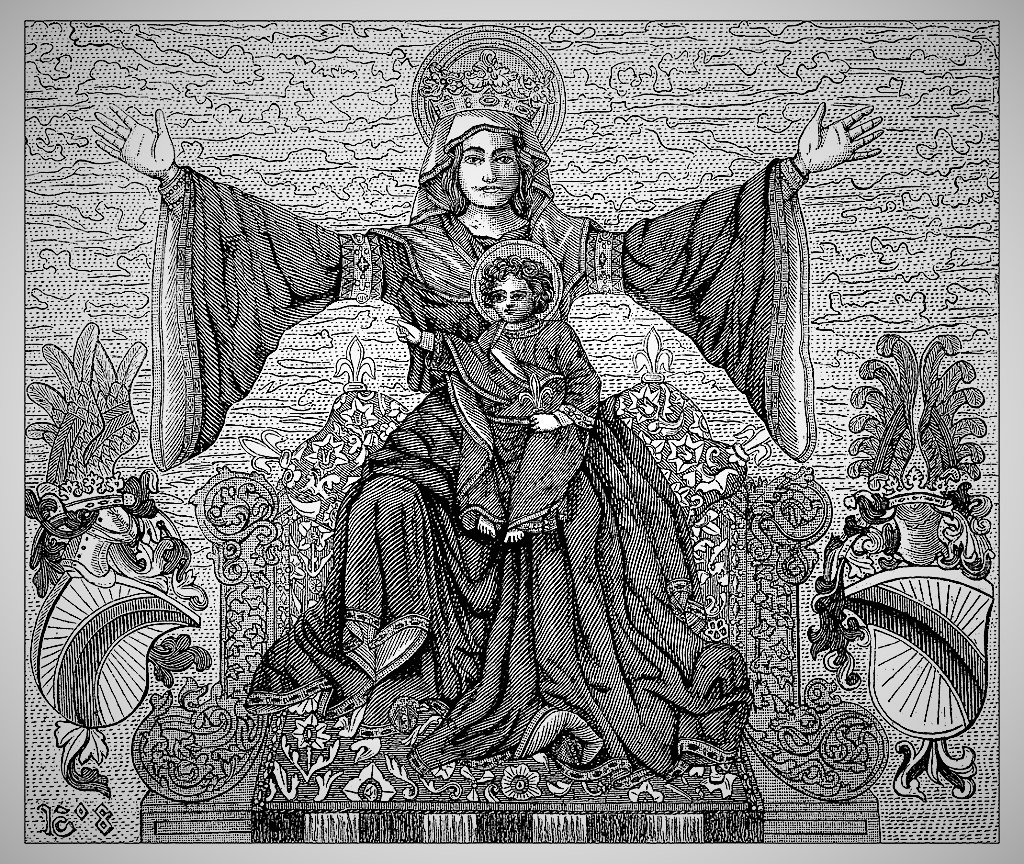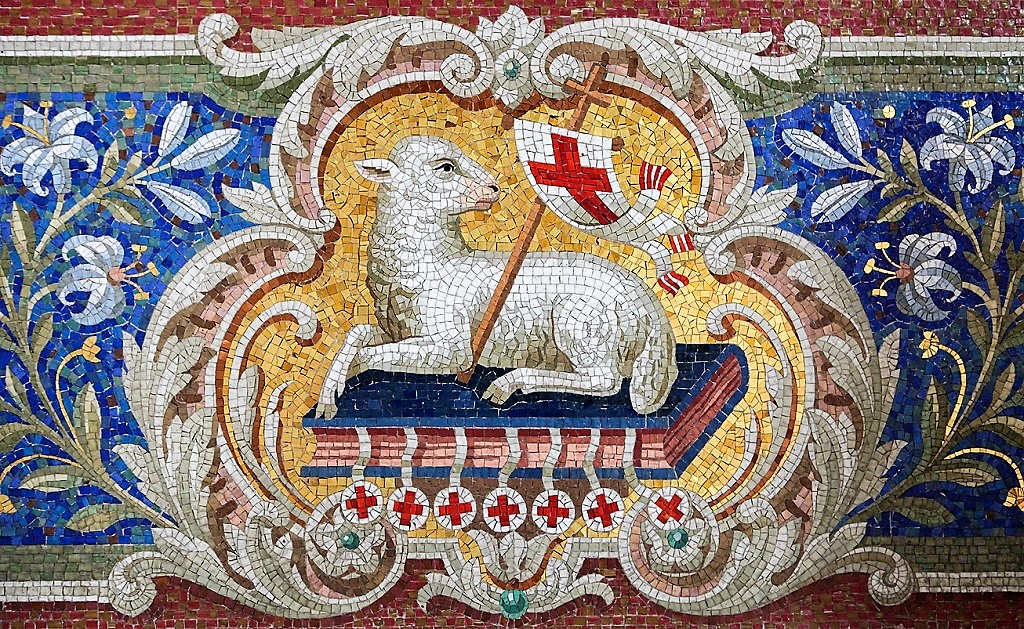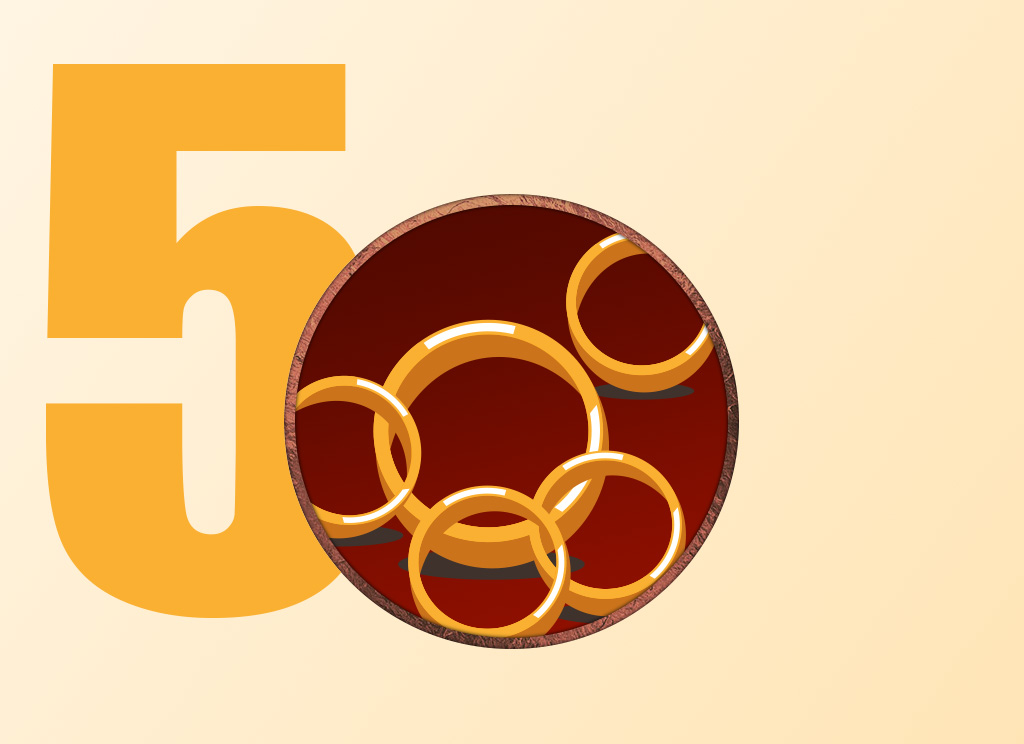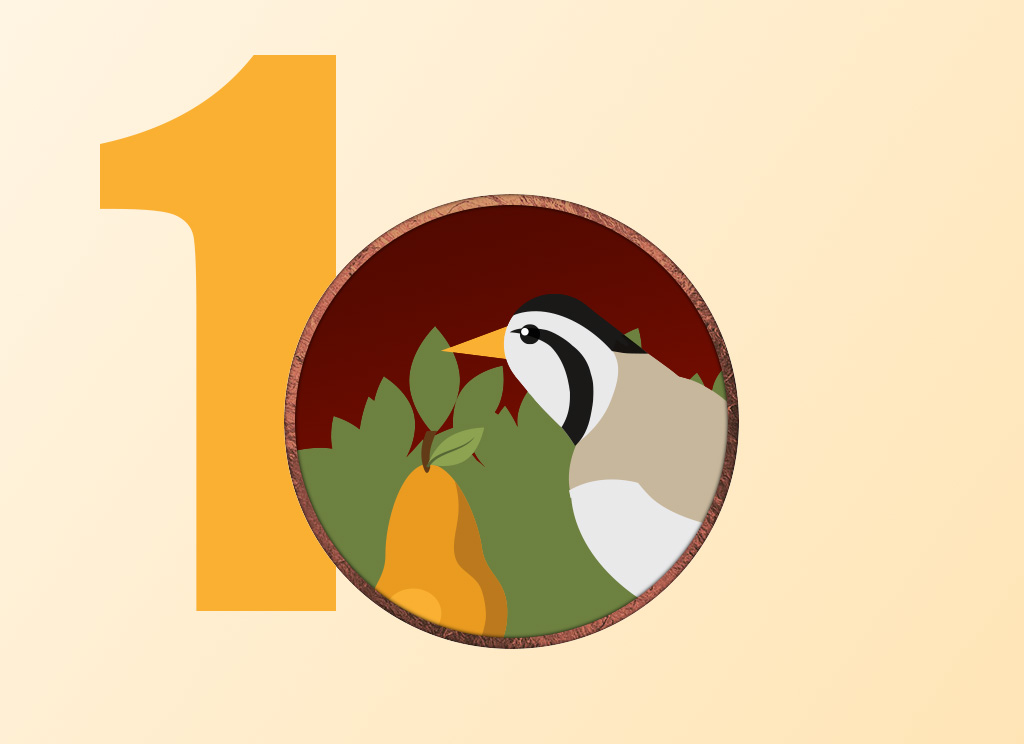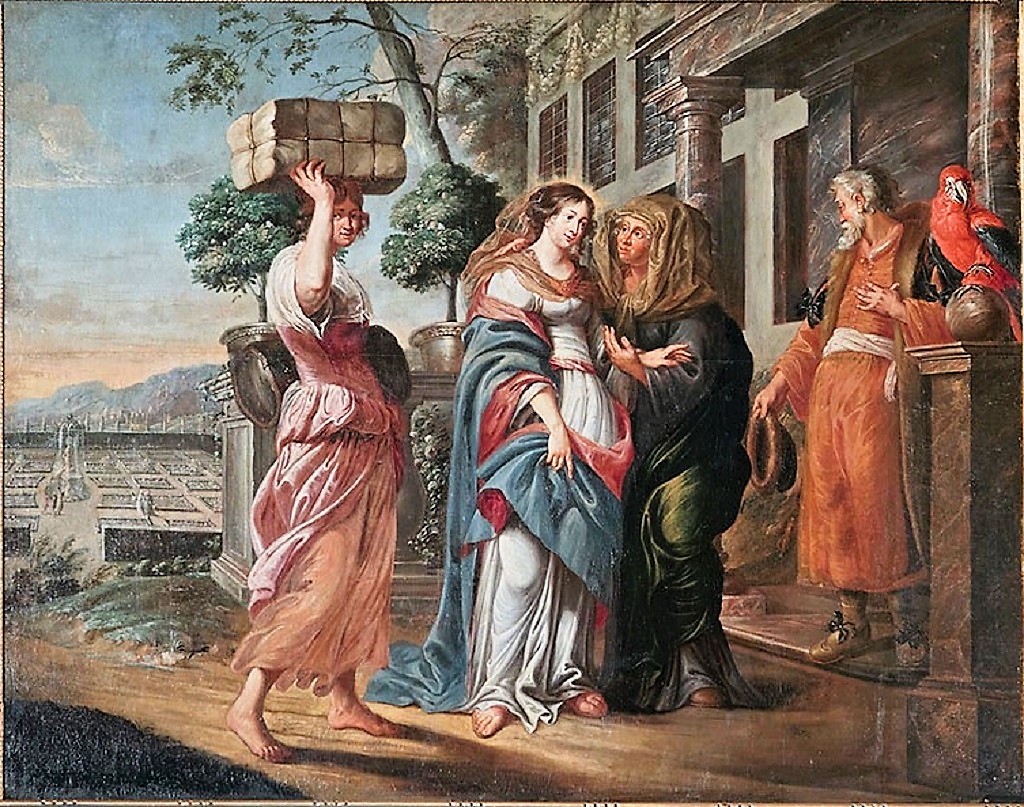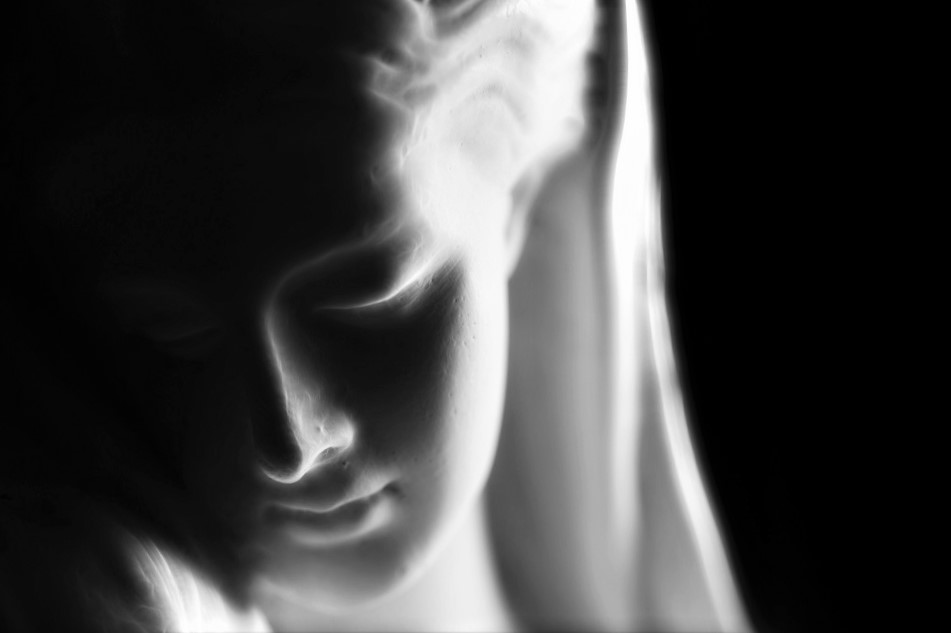Honoring Mary
The month of May has been set aside for honoring Mary for centuries in the Catholic Church. Many of us have fond memories of May crownings and hymns to Mary such as “On This Day, O Beautiful Mother” (my mom’s favorite.) This year is especially important, as we celebrate the 100th anniversary of the appearance of Mary in Fatima, Portugal.
We must speak with great care about our devotion to Mary, as it is often misunderstood by other Christians. Catholics do not worship Mary (or anyone else besides God the Father, Son and Holy Spirit.) We honor her as the Mother of Jesus – her “yes” to the angel Gabriel changed the world, and is a model for us of complete surrender to the will of God. Just as we may have a photo of our mother in our home, we Catholic put pictures and statues of Mary to remind us of her importance in God’s plan for our salvation. We also know that Mary, conceived without sin, sits very close to her Son in Heaven, just as a queen sits next to the king. Those in Heaven are closer to God than we could ever be, here on earth (Eph. 2:5) and their intercessory prayers on our behalf can be powerful.
Honoring Mary in our Homes
May is a great time to begin new ways of honoring Mary in our homes. Here are a few ideas.
- There is an ancient tradition in the Church of creating Marian Gardens. Many of us have statues of Mary in our yards, but did you know that there are many beautiful plants that are symbolic to the life of Mary? For example, ferns are symbolic of Mary’s hair and pansies (with their three petals) are a reminder of the Trinity and sometimes referred to as “Our Lady’s Delight.” Their are many online sources for such gardens, and it is a fun way to include the entire family.
- Have a May crowning. Many parishes of course have a May crowning, but if you have a statue of Mary in your home or yard, have a May crowning. It doesn’t take much talent to create a small crown (I know this from experience!) with small flowers purchased from a craft store. If you have children, include them! Crown Mary, perhaps sing a Marian hymn or pray the Hail Mary of Regina Caeli together.
- Pray the Rosary. Many a good intention has has been made to pray the Rosary daily, only to be forgotten in our busy lives. Praying the Rosary is a most powerful prayer (Give me an army saying the Rosary and I will conquer the world, said Blessed Pope Pius IX), and Mary herself (at Fatima) promised peace if we would only pray the Rosary daily with great devotion. If you aren’t sure how to pray the Rosary, it is easy to learn. Again, involve your children if you have any. And if an entire Rosary is too much for some children (I know it was for a couple of mine!), pray a decade with them before bedtime, and then finish the Rosary on your own. If you have kids, make sure they have child-friendly Rosaries.
- St. John Paul II credited Mary with saving his life when he was shot in St. Peter’s Square. He had a great devotion to Our Lady of Fatima, and wrote a beautiful prayer to her. Perhaps your May devotion to Mary could be praying this daily. You can find it here; it begins with the words, “O Mother of all mean and women, and of all peoples, you who know all their sufferings and hopes…”)
- The University of Dayton is home to the International Marian Research Institute, a treasure of Marian art, prayers, research and dogma regarding Mary. There is a lot to explore here! Why not take some time during this month of May to learn a bit more about the Blessed Mother?
“Hail, Mary!”
We owe Mary so much! Christ came into the world, fully human and fully divine, because Mary said “yes” to God’s request. She is witness to all of Jesus’ life, from his conception to his Resurrection. Our devotion to Mary will always and only lead us to a fuller understanding of Christ, our Savior. Enjoy the month of May, as we pray the words of the angel Gabriel, “Hail Mary, full of grace!”
 Elise Hilton is an author, blogger and speaker. Her role at Diocesan Publications is Editor & Writer with the Marketing Team. She has worked in parish faith formation and Catholic education for over 30 years. A passionate student of theology, Elise enjoys sharing her thoughts on parish communication, the role of social media in the Church, Franciscan spirituality and Catholic parenting. To enquire about booking her as a speaker, please contact her at ehilton@diocesan.com.
Elise Hilton is an author, blogger and speaker. Her role at Diocesan Publications is Editor & Writer with the Marketing Team. She has worked in parish faith formation and Catholic education for over 30 years. A passionate student of theology, Elise enjoys sharing her thoughts on parish communication, the role of social media in the Church, Franciscan spirituality and Catholic parenting. To enquire about booking her as a speaker, please contact her at ehilton@diocesan.com.
